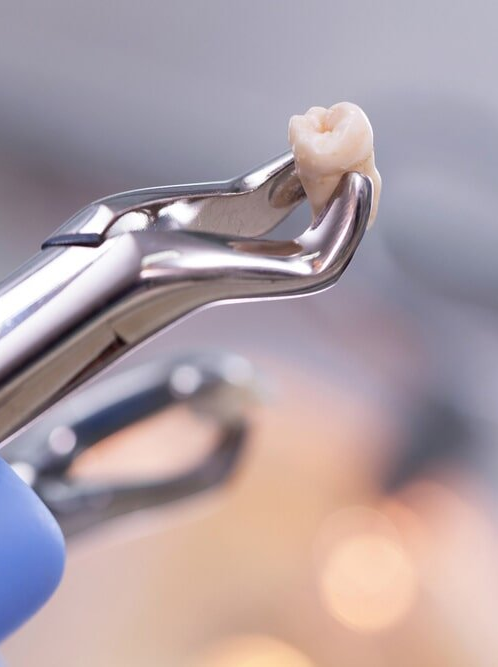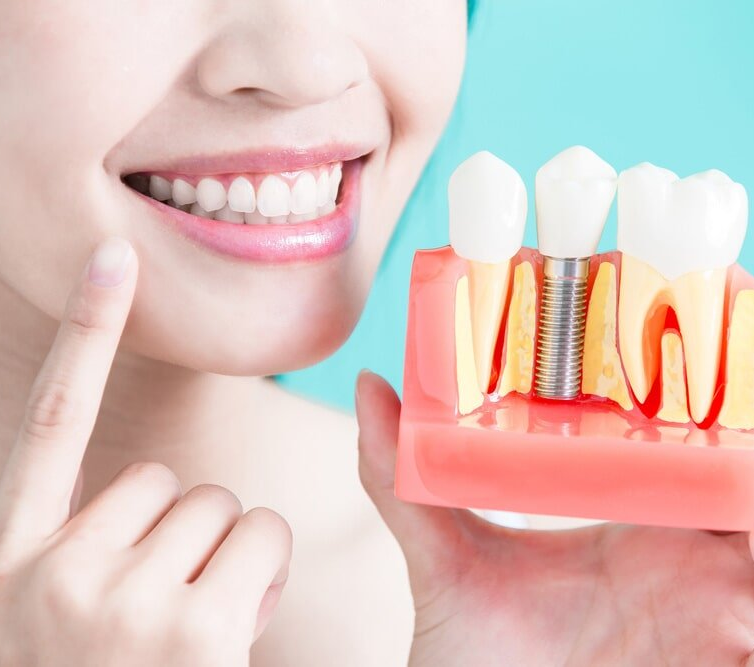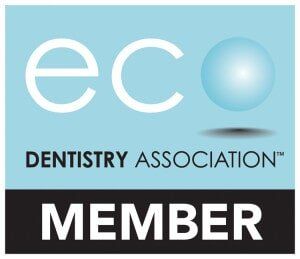CONTACT OUR BYRON BAY ECO-DENTISTS
Thank you for contacting Bytes of Byron Eco Dentistry.
We will get back to you as soon as possible.
Please try again later.
SURGICAL DENTAL TREATMENTS
The caring dentists at Bytes of Byron offer gentle and safe surgical treatments to enhance your smile in
Byron Bay and
Lennox Head. We are experienced professionals in all areas of surgical dentistry including:
EXTRACTIONS
A dental extraction is the removal of a tooth from the mouth. Extractions are performed for a wide variety of reasons. Tooth decay that has destroyed enough tooth structure to prevent restoration is the most frequent indication for extraction of teeth. The most common reason for extracting a tooth is tooth damage such as breakage or fracture.
Some other possible reasons for tooth extraction are as follows:
- Severe tooth decay or infection
- In preparation for orthodontic treatment (braces)
- Extra teeth which are blocking other teeth from coming in
- Severe gum disease which may affect the supporting tissues & bone structures of the teeth
- Receiving radiation to the head & neck may require extraction of teeth in the field of radiation
WISDOM TEETH
Wisdom teeth are the last teeth to erupt. Wisdom teeth generally cause problems when they erupt partially through the gum. The most common reasons for removing them are decay, gum infection (Pericoronitis), pressure pain, orthodontic reasons and cyst formation. With today’s modern procedures and follow up care as recommended by the dentist, extractions are simple and relatively pain-free.
IMPLANTS
A dental implant is a device that is used to replace the root portion of a missing tooth or missing teeth. Dental implants are used to support natural-looking teeth and enable patients who are missing some or all of their natural teeth to smile, speak with confidence and chew their food more comfortably.
Implants offer stability because they fuse to your bone. Integration of the implants into your jaw also helps your replacement teeth feel more natural and some people also find the secure fit more comfortable than conventional substitutes. Implants are constructed from materials that are compatible with the tissues of the body. The most common type of dental implant that is placed into the jaw bone is the threaded titanium cylinder.
Dental implants are also available as non-threaded, non-tapered cylinders and as non-threaded, tapered cylinders. The type of implant used is decided upon by the surgeon and depends on the location in the jaw that the implant is needed, and the forces that the implant will encounter.
BONE GRAFTS
Bone grafting or guided bone regeneration (GBR) procedures usually try to re-establish bone dimension, which was lost due to resorption. A bone graft normally takes at least four to six months to heal, before a dental implant can be placed into it. There are times also that multiple grafts may be needed to produce the amount of bone needed. This is dependent on a person’s health and the amount of bone being grafted. In certain cases, the surgeon may need to do a bone graft at the time of implant placement.
Replacing missing bone or adding to the existing bone is very often essential to the success of a dental implant and the ensuing restoration. The success of a dental implant and its ability to support a dental restoration is very much dependent on how much bone is available in the site where the implant is placed.
There are lots of things that affect the bone volume including things like, periodontal disease, trauma and infections and, in some cases, the sinuses may expand into available space, thus decreasing the bone volume. However, modern dental techniques assure that the success rate is quite high in patients who are basically healthy.
CONTACT US
- Mon - Fri
- -
- Saturday
- -
- Sunday
- Closed
VISIT US
SITE LINKS
CONTACT US
1/140 Jonson St, Byron Bay, 2481, NSW, Australia
- Mon - Fri
- -
- Saturday
- -
- Sunday
- Closed
VISIT US













